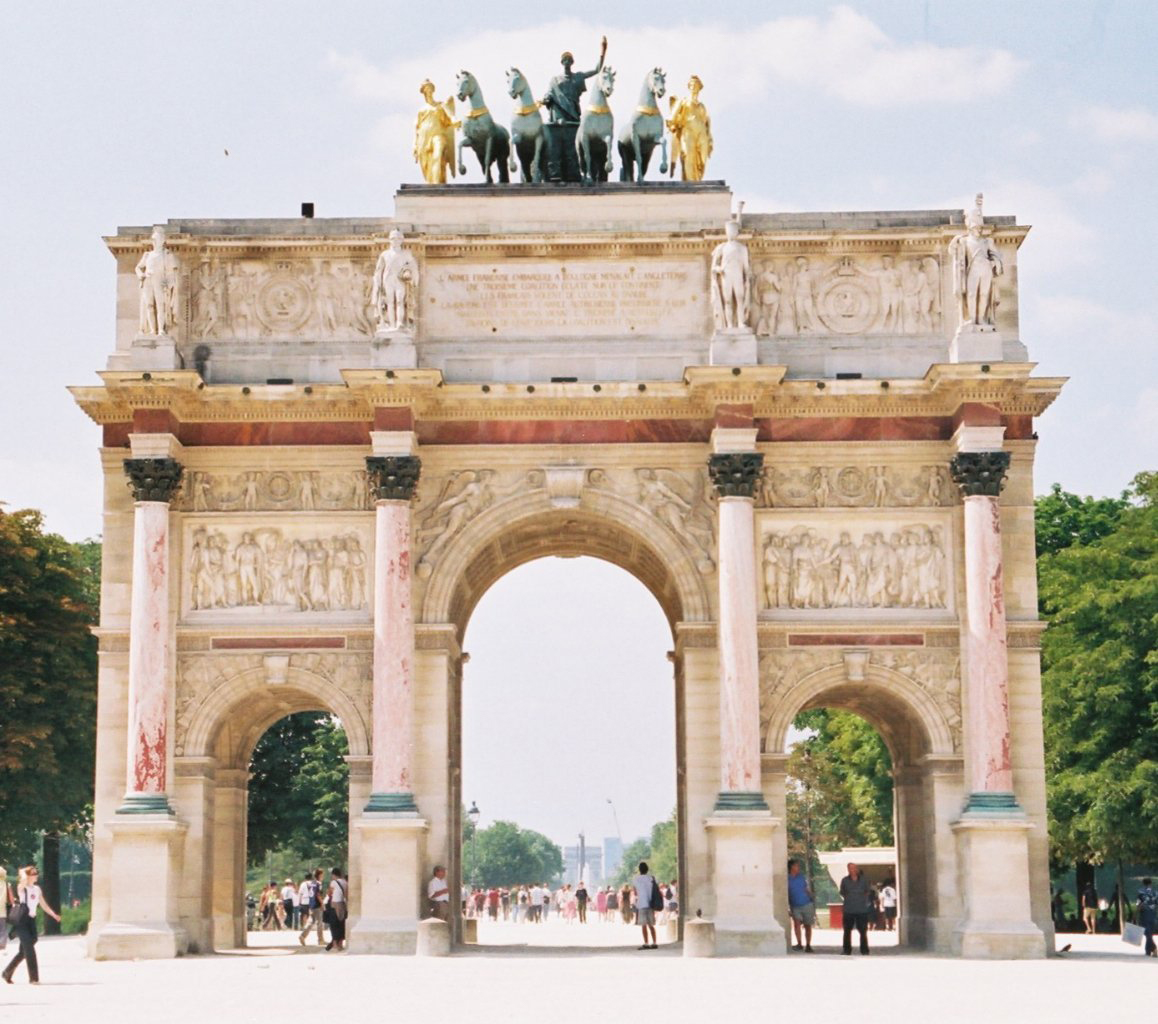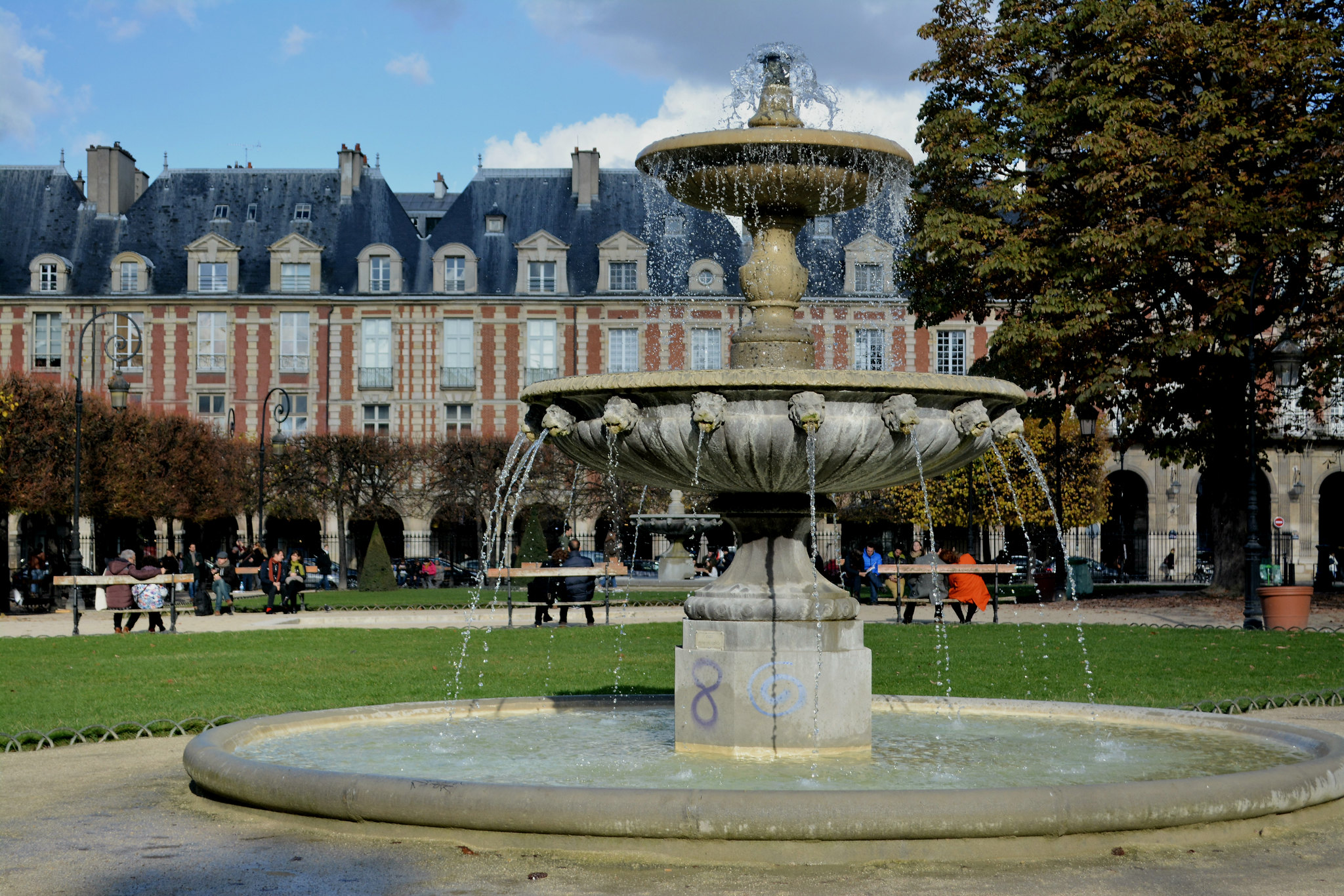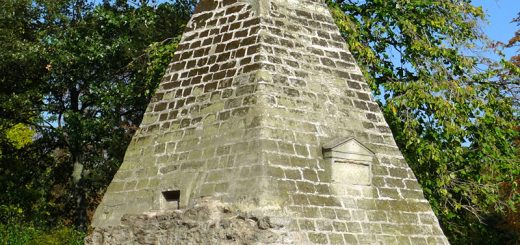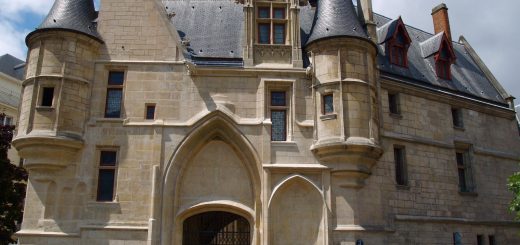Egypt in Paris
Egyptian civilization has long aroused the interest of a part of the Parisian population. From the 19th century onwards, this interest evolved into a real Egyptomania, of which there are numerous traces in the streets of the capital.
The elite’s ancient interest in Egypt
Before the Revolution, a part of the Parisian population already showed an interest in Egyptian civilization, known through the accounts of travelers. This interest can be related to a taste for the exotic, for the picturesque, or to an esoteric research. In what was the property of the Duke of Chartres, and which is today the Parc Monceau, we can find a pyramid and a sarcophagus. There was even an obelisk in the pond of this park.
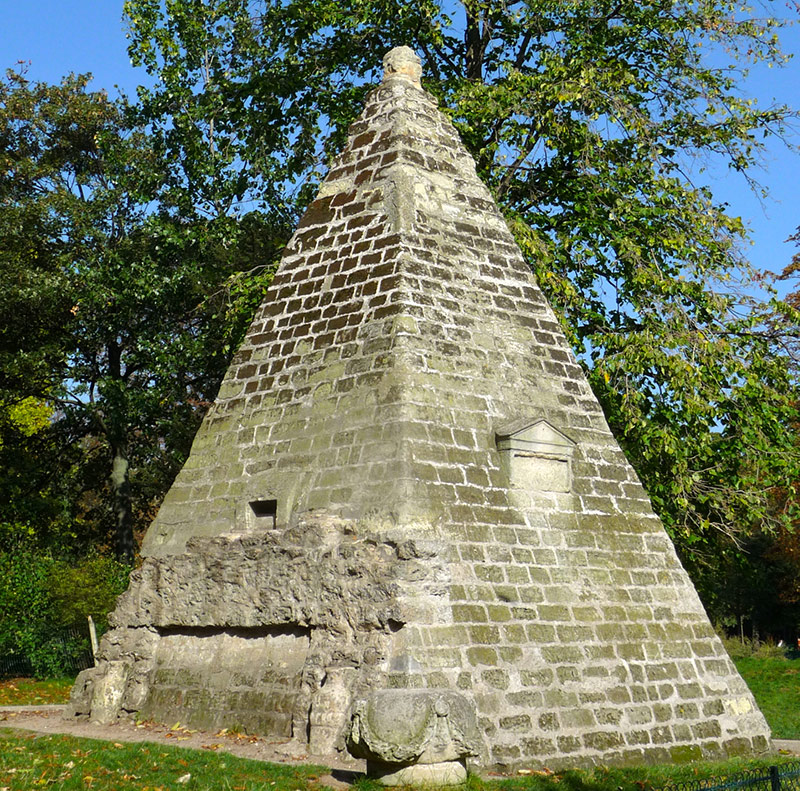
A new wave with Napoleon’s military campaign
There was a complete change of scope in 1798, with the military campaign led by Napoleon in Egypt. The future emperor took with him about 150 civilians: engineers, scientists and artists. The military campaign ended in a capitulation, but the scientific discoveries and the work of the artists, widely relayed in France, completely overshadowed this failure.
Soon after, several streets became Egyptian in honor of this country and the key events of this campaign. Thus, in the 2nd arrondissement, we can find the streets of Cairo, the Nile, the Pyramids, or Aboukir. There are no particular Egyptian testimonies in these streets, except with this building, Place du Caire, which blithely combines Egyptian elements (hieroglyphics, statues of the goddess Hathor, column capitals in the shape of a lotus) with gothic and renaissance elements.
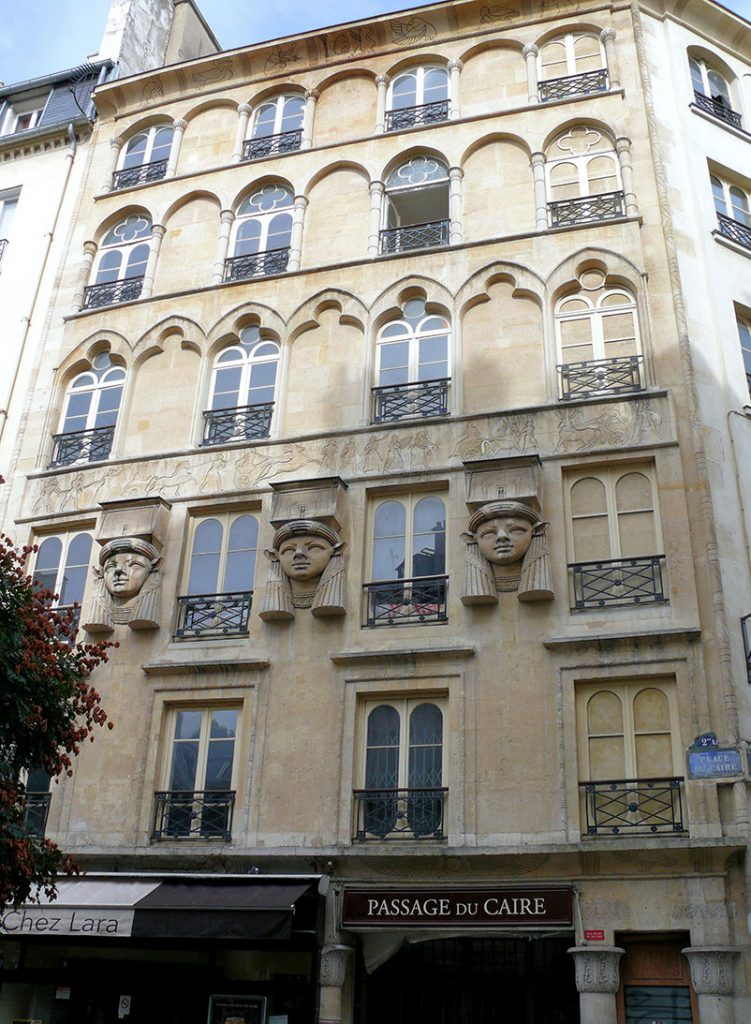
Egyptian inspiration can be found in other places, such as in the 7th arrondissement, with the Fellah fountain, built in 1806. In the center is a life-size statue of a fellah (peasant), framed by an arch that evokes the entrance to an Egyptian temple. At the top, Napoleon’s imperial eagle cleverly replaces the traditional sun disk.

Under the 1st Empire, the city of Paris was even associated with the cult of Isis, as shown by this coat of arms where the Egyptian goddess is represented on the prow of the Nautes’ boat.
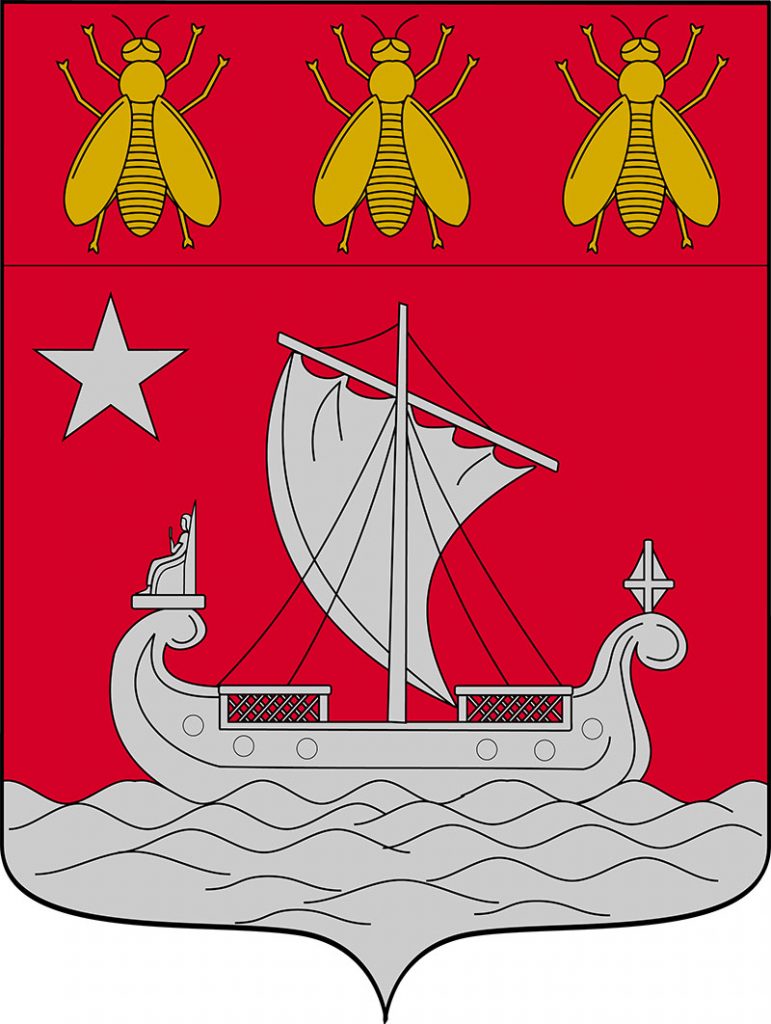
Regular reminders as discoveries were made
Over the following years, interest in Egypt was steadily revived. It was thus renewed in 1822 with the discoveries of Jean-François Champollion on hieroglyphics. The archaeological excavations, and the purchases which were then carried out, allow the arrival of 9000 Egyptian works in the Louvre between 1824 and 1827, which involved the creation of a complete department devoted to Egypt (and, much later, the construction of a pyramid in the center of the Napoleon courtyard).

This new wave could also be seen in the public space with the arrival of the obelisk on the Place de la Concorde in 1836. The transport of this monument was a technical feat, and its installation was followed by 200 000 Parisians.

In 1858, Napoleon III, who was keen to enhance the monuments created by his uncle, restored the Palm Fountain, located on Place du Châtelet, and added four sphinxes to the basin.
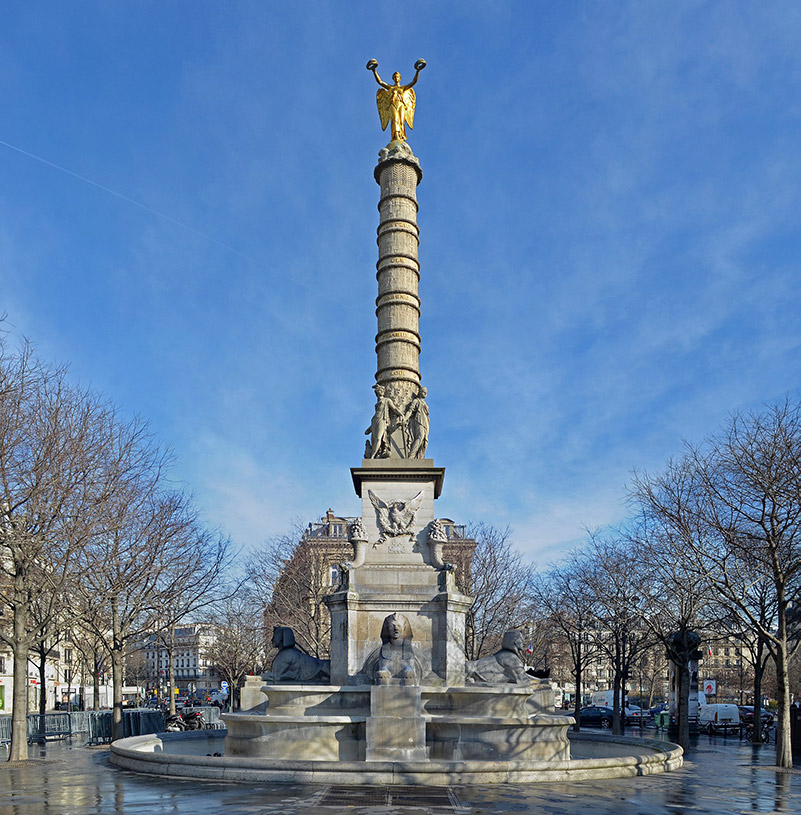
With the discovery of the tomb of Tutankhamen in 1922 (and the associated curse), Egypt was seen as a land of adventure. It then became a first rate literary and cinematographic object. Logically enough, it is with a cinema that we close this overview. The Luxor, still in operation, was built in 1921, with its Egyptian decoration, sometimes realistic (some elements are copies), sometimes fantasized.



